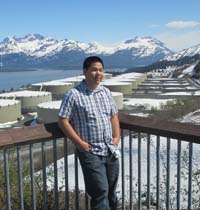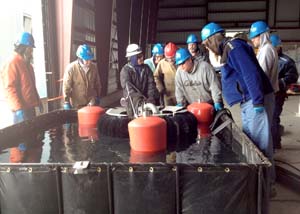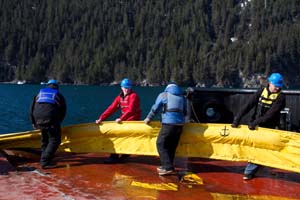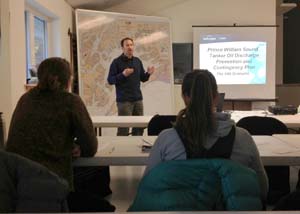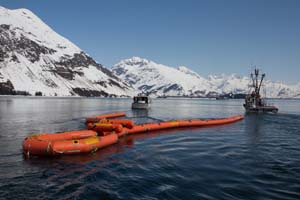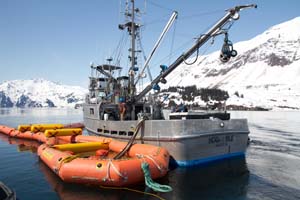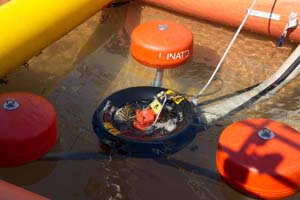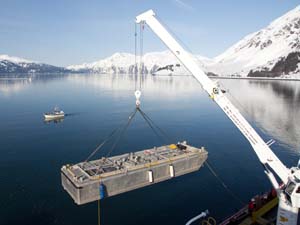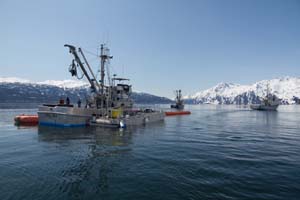By MARK SWANSON
Council Executive Director

Almost every issue of significance comes to us with strongly divergent viewpoints. In the oil transportation industry, for example, some say more regulations are needed while others say less regulations would be better. Often we as human beings dismiss a view opposite our own. Today, people have the opportunity to segregate and isolate themselves to a great extent. They may have little occasion to associate with others or be exposed to information about differing viewpoints or beliefs. With political re-districting, politicians in the majority party get to pick their voters instead of voters picking their politicians. These tendencies can lead to increasingly polarized viewpoints on the issues that affect us all. We are losing the ability to find common ground and mentally stand in the other person’s shoes enough to see balanced viewpoints. Combine these trends with winner take all style elections and decisions by authority figures and we end up with hostile and marginalized losers and arrogant and callous winners on virtually every issue. Eventually, when things get so lopsided that the pendulum swings the other way, it is often abrupt and disruptive. This is neither good nor sustainable.
Council strives to find middle ground
The council aims to come up with sound advice and reasonable solutions that are balanced and benefit a broad collection of stakeholders with disparate views, all affected by the environmentally safe operation of Alyeska’s terminal and tankers. For example, the council would like to see the risk of oil spills from previously uninspected piping or crude oil tanks at the terminal eliminated or at least reduced to a level as low as reasonably practicable. Currently, the terminal’s pipe and tank inspections are expensive and disrupt operations. However, oil spills are also expensive, disrupt operations, and damage reputations. The council has recommended the application of industry and regulatory best practices as a balanced tried and true solution to address these intersecting concerns and balance cost with benefits.
Often there is no tried and true answer. Finding a solution can be difficult. Sometimes, as a mental exercise, simply articulating the extremes that neither side would advocate for helps to paint a path and better define the middle ground where a consensus or acceptable compromise can be found. Another method is a robust exposure to and familiarity with the opposing view holders’ concerns. Based on who we work for, how we were raised and other differentiating factors, some viewpoints are naturally opposed. So often we don’t really all want the same thing, at least not as a primary motivator. However, we often could accept many of the same things, preserving elements that are important to us, and letting go of our lesser concerns that are more important to other parties.
Workgroups help find a balanced solution
Workgroups are one common way to find middle ground when the workgroup’s principals are appropriate to ensure success. To achieve their intended purpose of finding a compromise, all participants in a workgroup need to share a commitment not only to participate and advocate for their own positions, but to listen, respect and make a good faith attempt to accommodate the concerns of other participants. Supervisors of work group participants, back in their own potentially more homogeneous and polarized work environments, with less exposure to and concern for divergent viewpoints, need to resist the urge to subvert that consensus building process that naturally arises among good faith workgroup participants.
Extreme solutions are fundamentally unhelpful and unsustainable. The council is looking for balanced solutions to help us and our industry and regulatory counterparts promote and ensure the environmentally safe operation of the Alyeska Marine Terminal and associated tankers. Let’s roll up our sleeves together.
